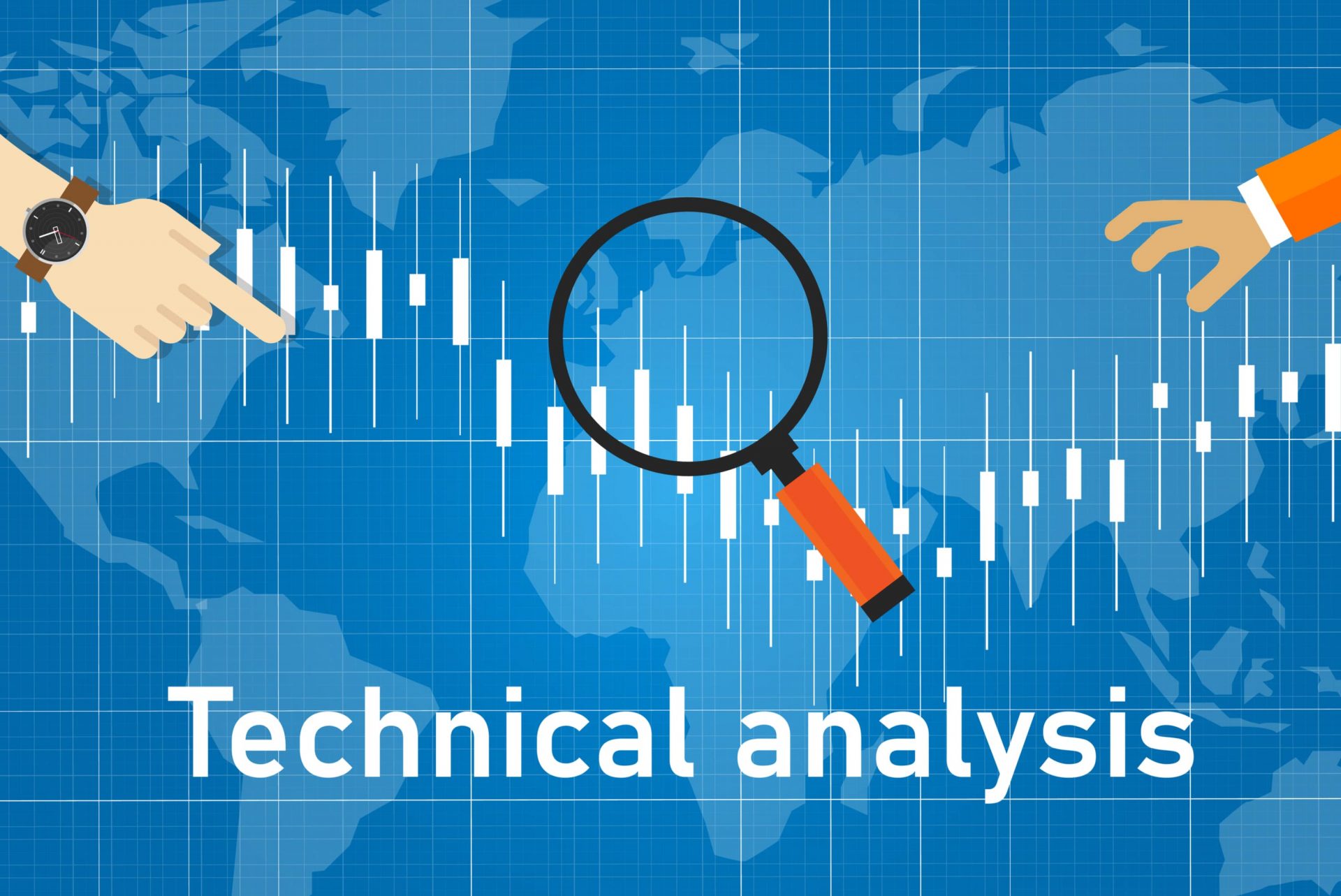What Is Technical Analysis And What Is Its Application?
Technical Analysis Is One Of The Methods Of Price Analysis And Financial Market Analysis That Traders And Investors Use, Along With Fundamental Analysis.
Fundamental analysis includes reviewing a company’s financial statements, the status of a digital currency network, and following up on events and news (including providing some updates, mainstreaming, conferences, etc.). In contrast, technical analysis uses volume and price history. The status of a digital currency can be assessed and decided upon.
What is technical analysis?
Technical analysis, which is actually working with charts and their tools, is a special type of analysis that predicts future market behavior based on previous price movements and trading volume data.
Technical analysis was originally used in the 17th century in Amsterdam, the Netherlands, and 18th-century Japan. Still, the modern form of the analysis began with the work of Charles Dow, creator of the Dow Jones Industrial Average.
This type of analysis, used in traditional financial markets such as stocks and stock exchanges, can also be used in the digital currency market.
Although you are dealing with technical analysis indicators, numbers, and charts, this analysis is a study of human behavior in financial markets.
Behaviors associated with human emotions sometimes manifest themselves in the form of fear and greed in different situations.
It should note that all traders who buy and sell a stock in the stock market or a digital currency in exchange offices, in fact, form the “market” for that digital currency or stock, and it is the “feelings” of these traders and investors who set the price. He does.
In other words, the “supply” and “demand” forces, which form the core of financial markets, arise from a kind of traders’ emotion, based on which price movements are formed. So technical analysis can also be defined as a kind of analysis of human behavior.
It should note that technical analysis in markets under normal conditions with high trading volume and liquidity can provide a more appropriate answer.
Technical analysis, right or wrong procedure?

Remember the last time the meteorologist made an accurate forecast? Some of these predictions may not have come true. Even in many cases, predicting work seems futile because many of them predict the wrong result. Yet why are we still listening to the weather forecast?
Predictions are useful in general, as they prepare us for what is likely to happen. For example, if the weather forecasts rainy weather, we take umbrellas with us to be sure, and if the weather forecasts, we wear sunglasses. We know we may not need our belongings, but we will be prepared for that anyway.
Technical analysis is very similar to meteorological forecasting.
Technical analysts know what to expect, but they also consider that prices do not always go their way.
Let’s look at some of the reasons why weather forecasting is similar to technical analysis:
1. In meteorological forecasting, temperature and pressure are measured, and using this information, climate change such as fronts and low-pressure and high-pressure areas are studied. In technical analysis, price and trading volume parameters are used to learn about market movements such as fear and greed, trends, reversals, etc.
2. Despite the availability of massive meteorological data, personal experience and understanding are still used in the final forecast. Technical analysts use their experience in many similar ways.
3. Accurate weather forecasting depends on one’s knowledge of local information and weather. Suppose a forecaster migrates from Texas to Alaska to get acquainted with the Alaskan climate. The same conditions apply in technical analysis. Those who trade on the New York Stock Exchange need time to get used to the commodity market or the digital currency market because large stock markets are different from small stock markets.
4. In the early days of meteorological forecasting, some profiteers tried to convince people that they could control the weather or have very accurate weather forecasts that would never go wrong. Unfortunately, in technical analysis, some people insist on the perfection and correctness of their analysis.
5. Meteorological forecasts usually come true when the situation does not change. If the sky has been sunny for the past three days and there is no big weather front, it will probably be sunny today. Technical analysis also usually responds well when important news or special events do not occur. With big changes, it becomes challenging to predict both the weather and the financial market accurately.
6. Meteorological forecasting and technical analysis are usually better used on medium scales. It is possible to predict the weather for a big city, but it is challenging for an area of the city. The same is true in technical analysis, where it is challenging to predict the market second by second, and daily or weekly analysis can be more effective. Also, forecasting the weather of a country or a financial market in the long run (for example, the digital currency market will not have a good year this year) may not be useful.
Try to remember this comparison between weather forecasting and technical analysis to be aware of the advantages and limitations of this analysis.
Technical analysis training
Various resources are available on the Internet to teach technical analysis, and many books have been written to teach this science. However, like other sciences, technical analysis is upgraded using new tools, and new techniques and indicators are added depending on the financial market used.
Frequently Asked Questions
Is it possible to predict the price with technical analysis?
Technical analysis is a tool for examining different possibilities in price charts. With technical analysis, supply and demand levels can be identified and prepared for possible declines and growths.
Is it enough to use technical analysis?
It’s up to you to decide what kind of analyst you are. Some successful analysts use only technical analysis in their trading, while others add the impact of news and fundamental analysis. By analyzing price charts, they reach a broader perspective.
What resources should we use to teach technical analysis?
Various books and resources have been written for basic and advanced training in technical analysis; however, on the digital currency site, you can learn more about the basics of technical analysis by following the technical analysis training series.











